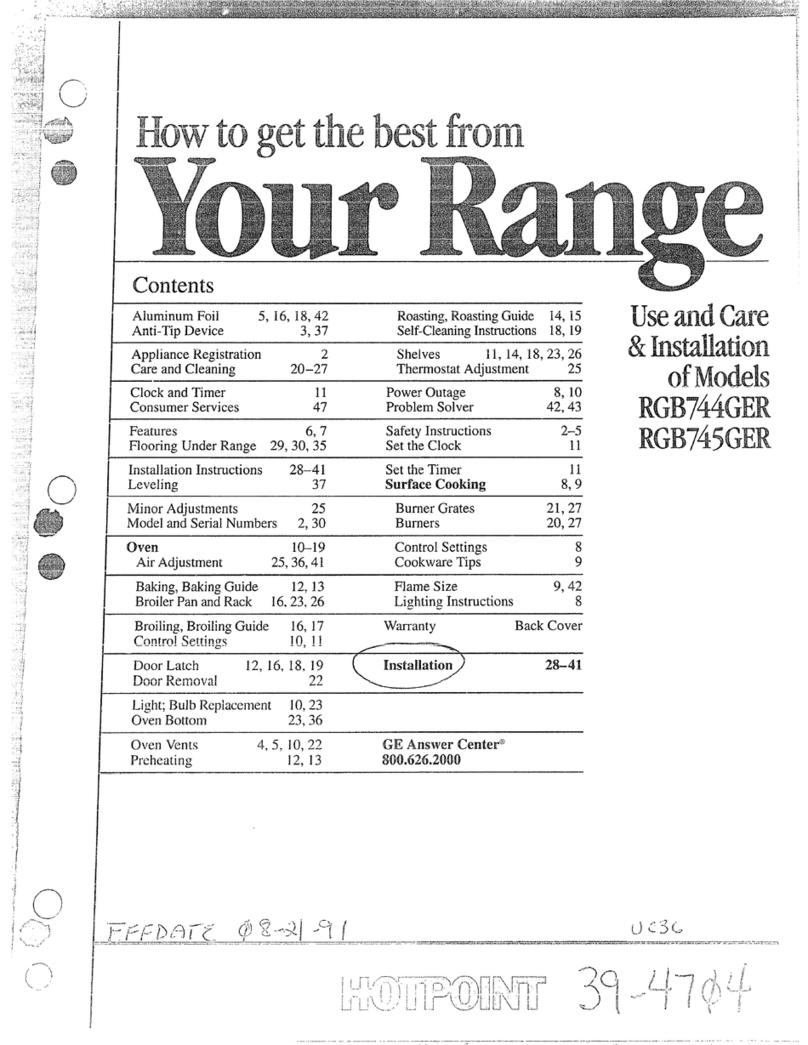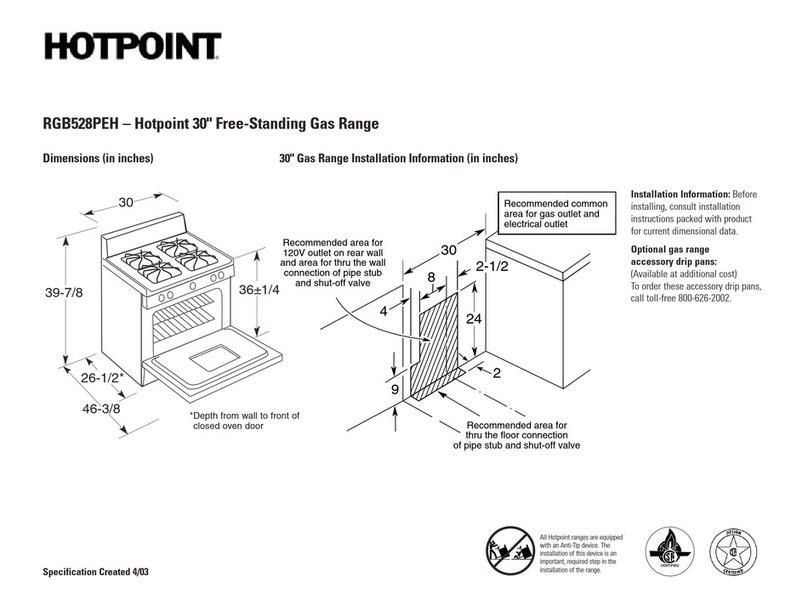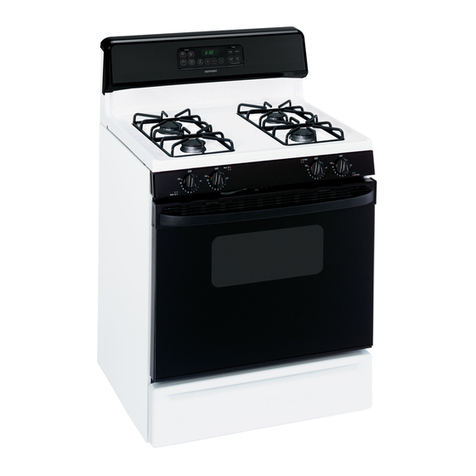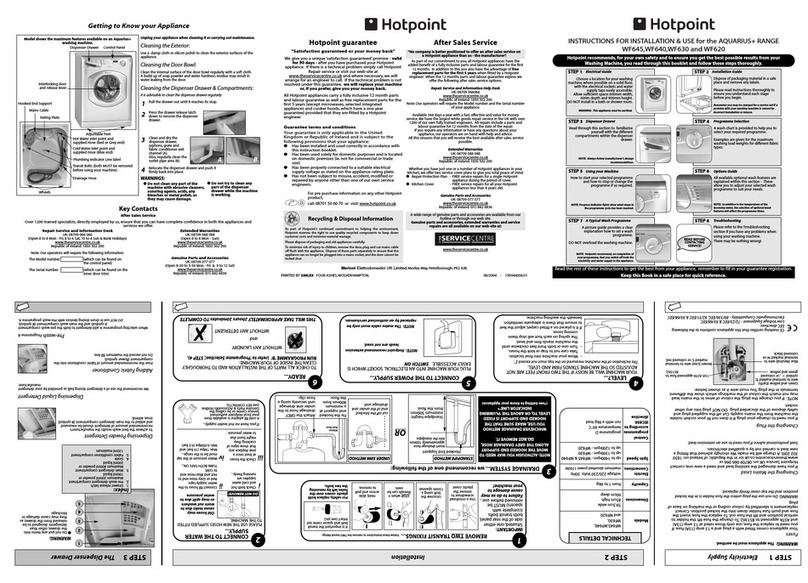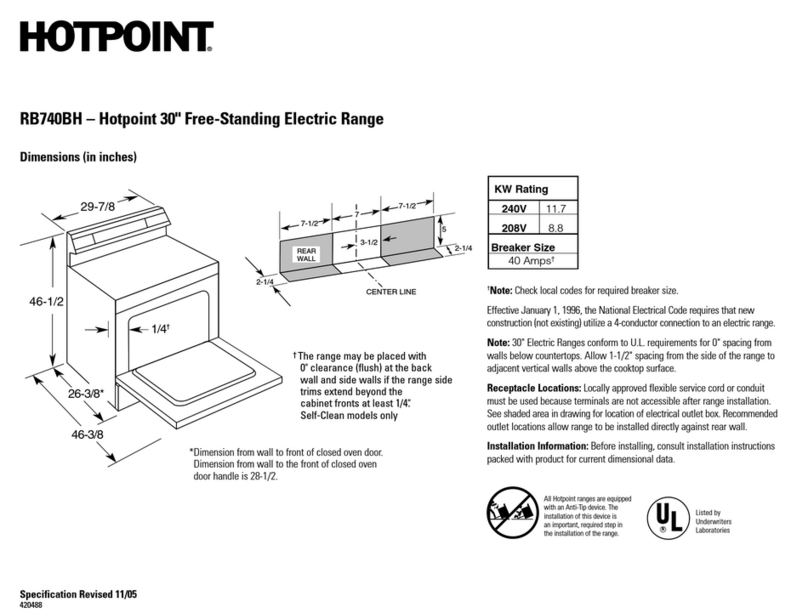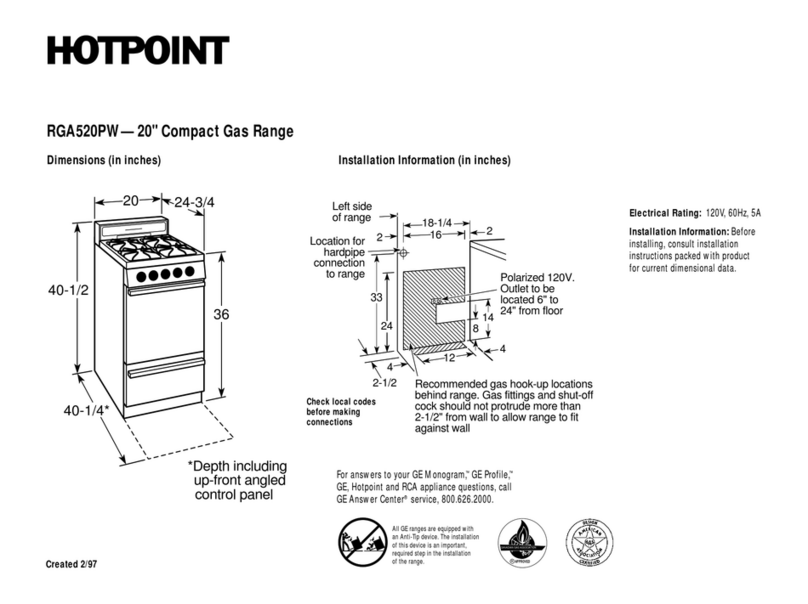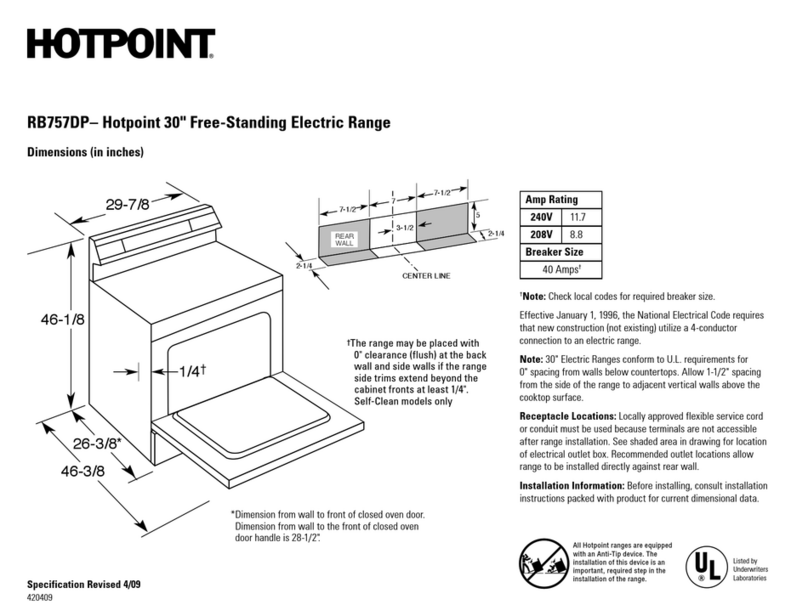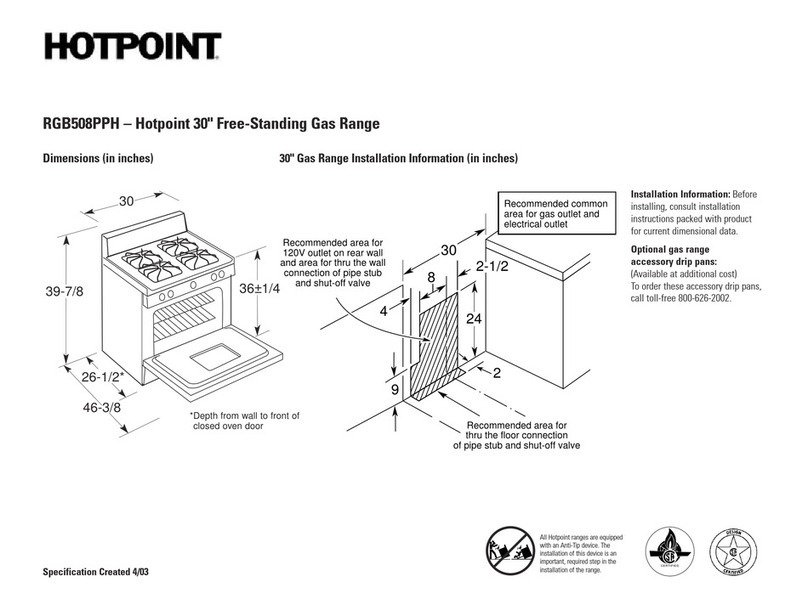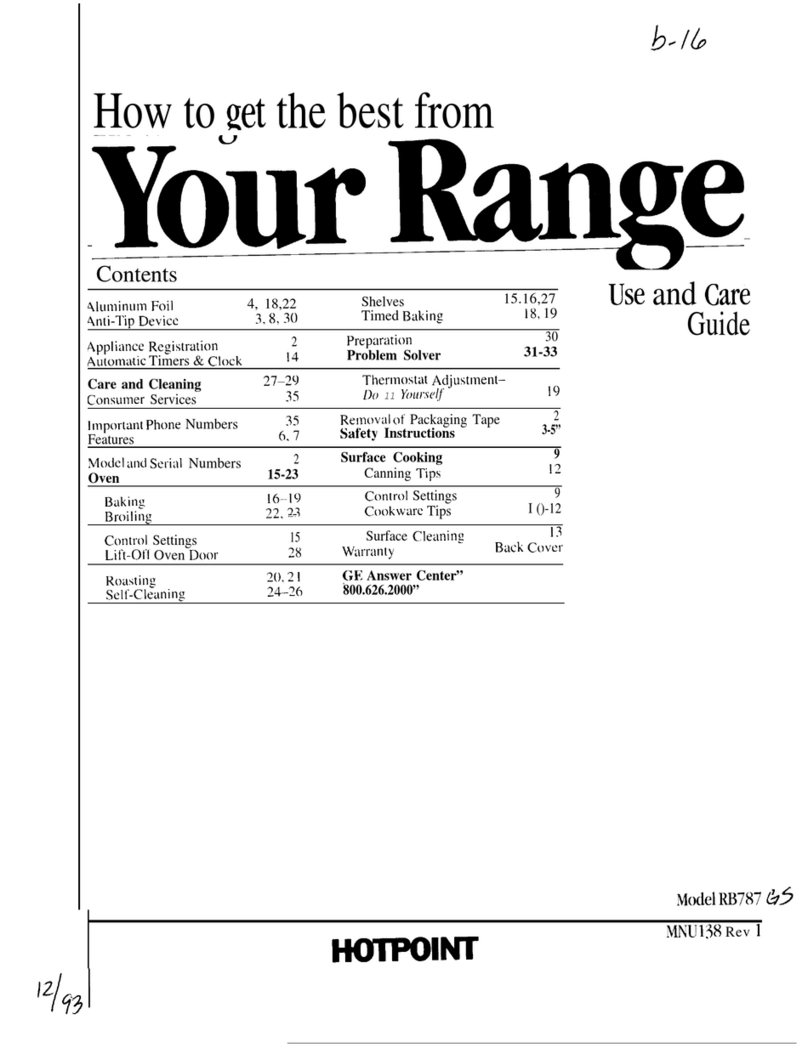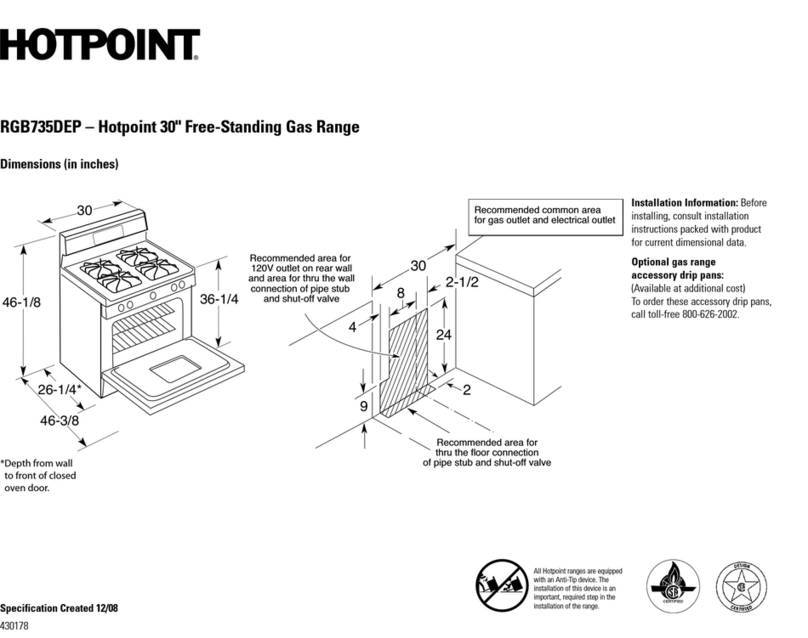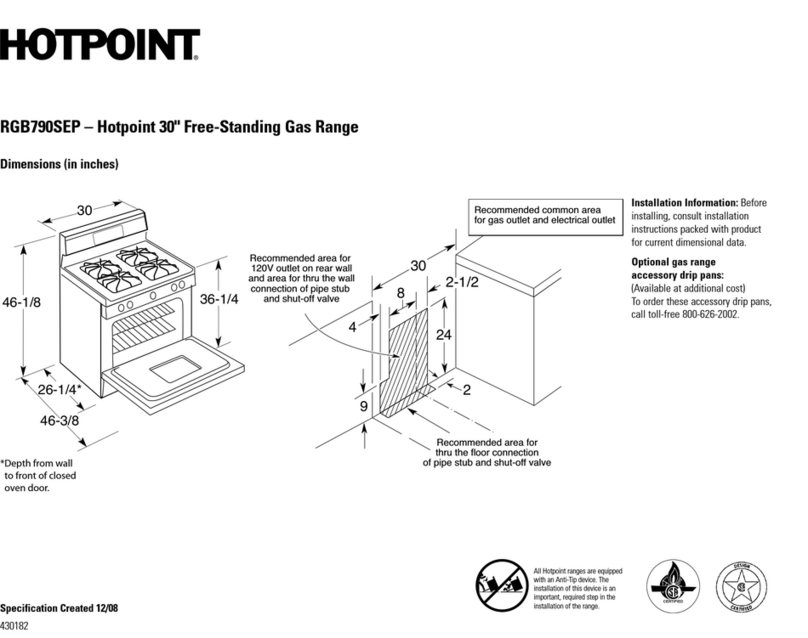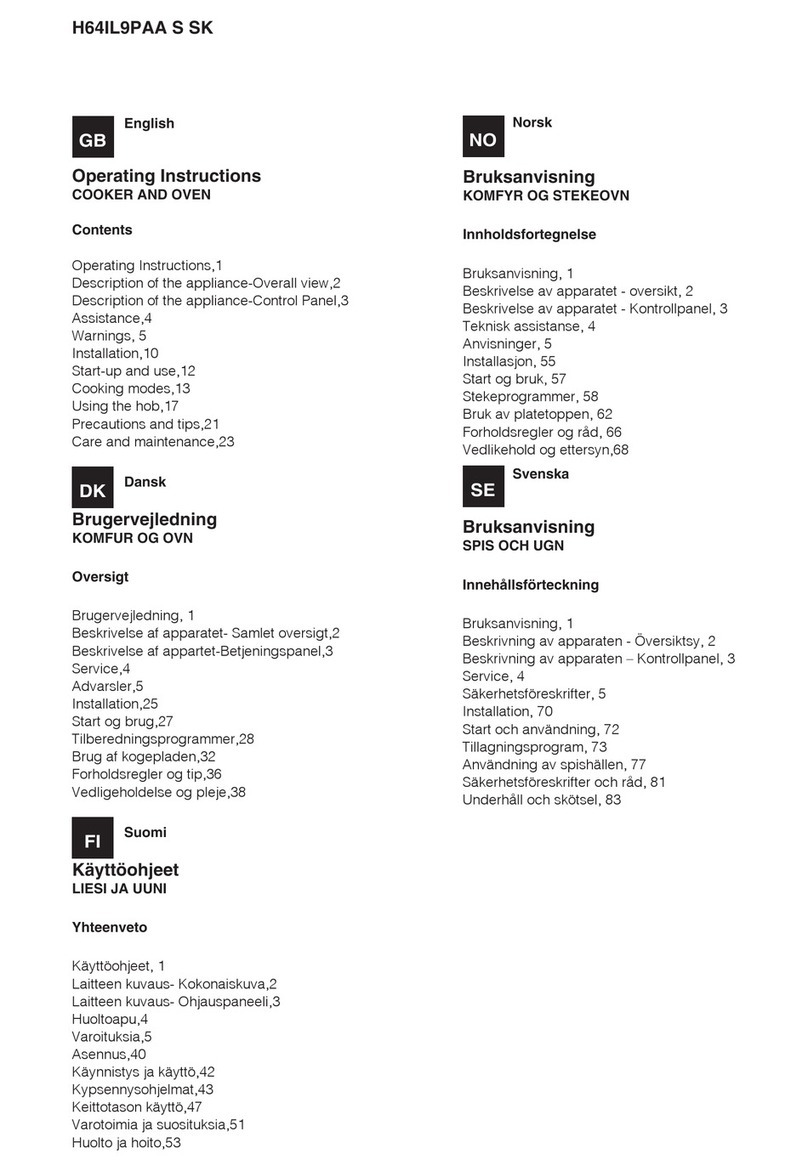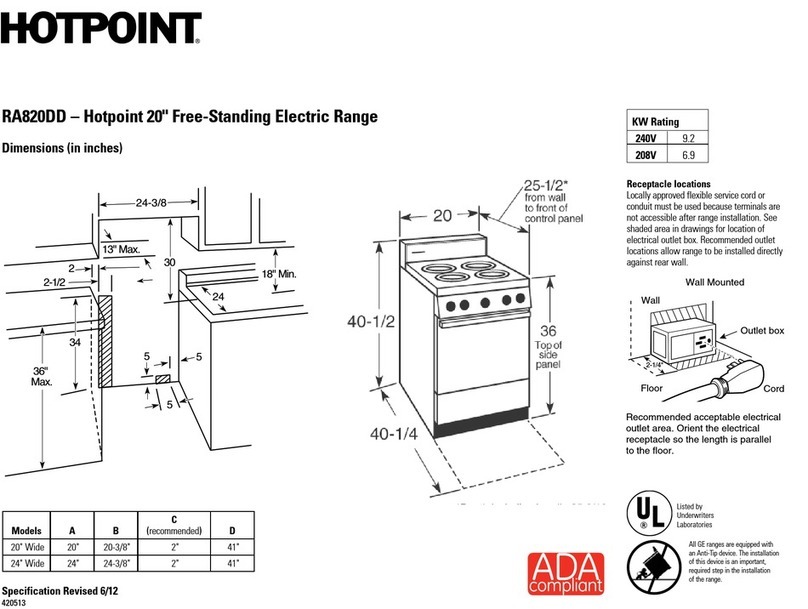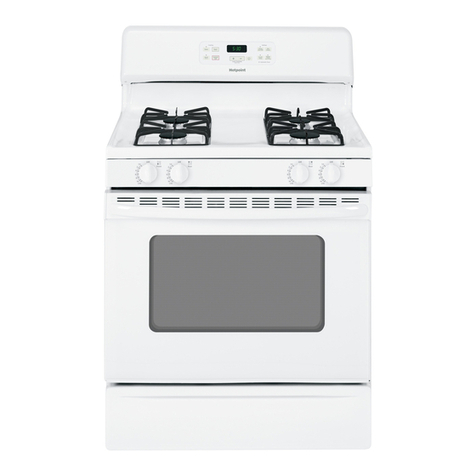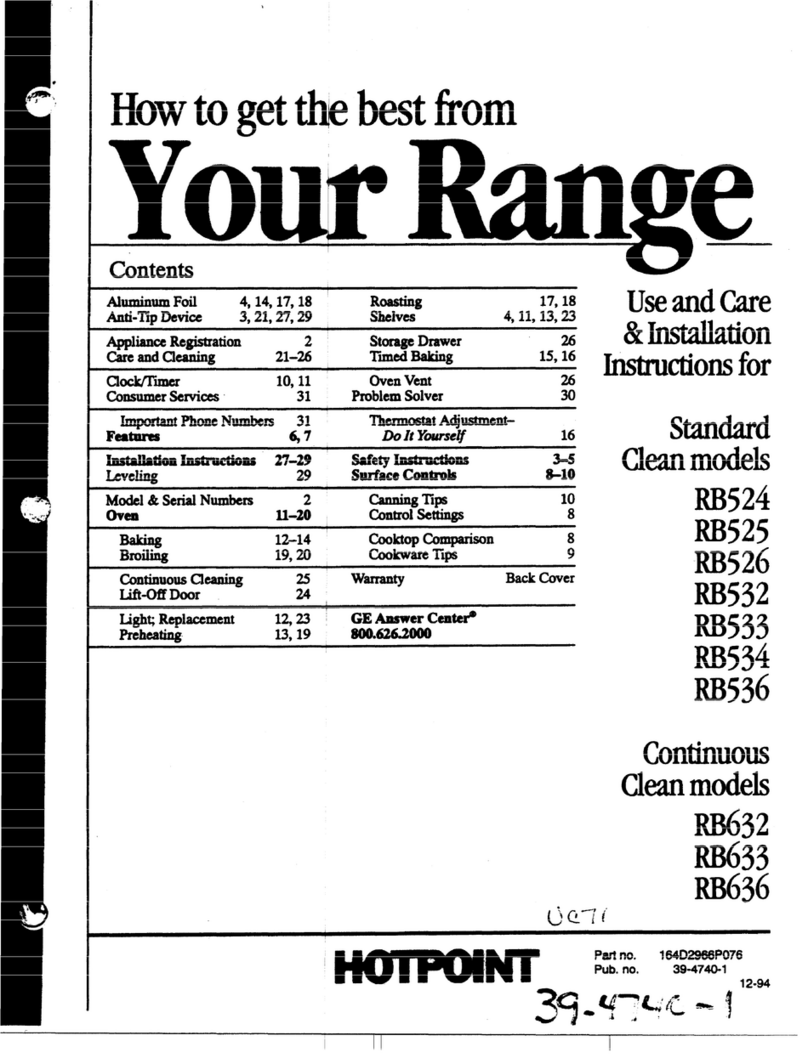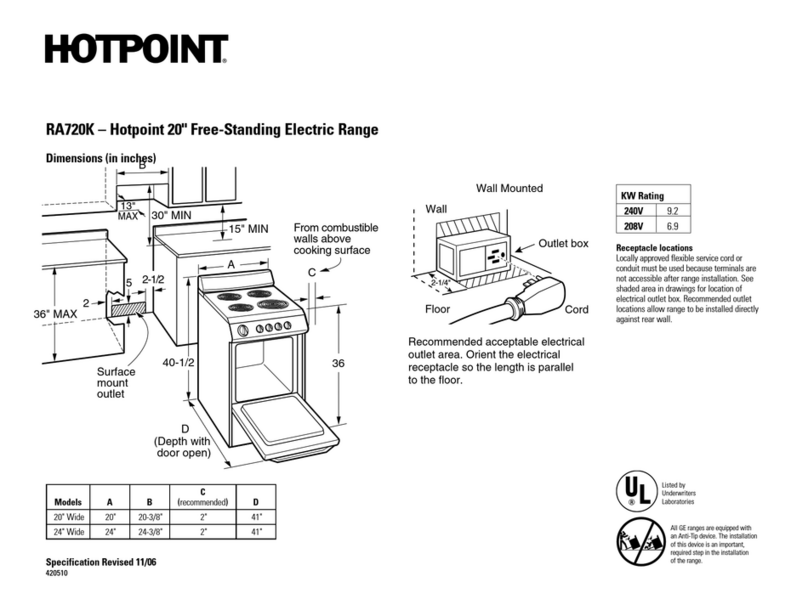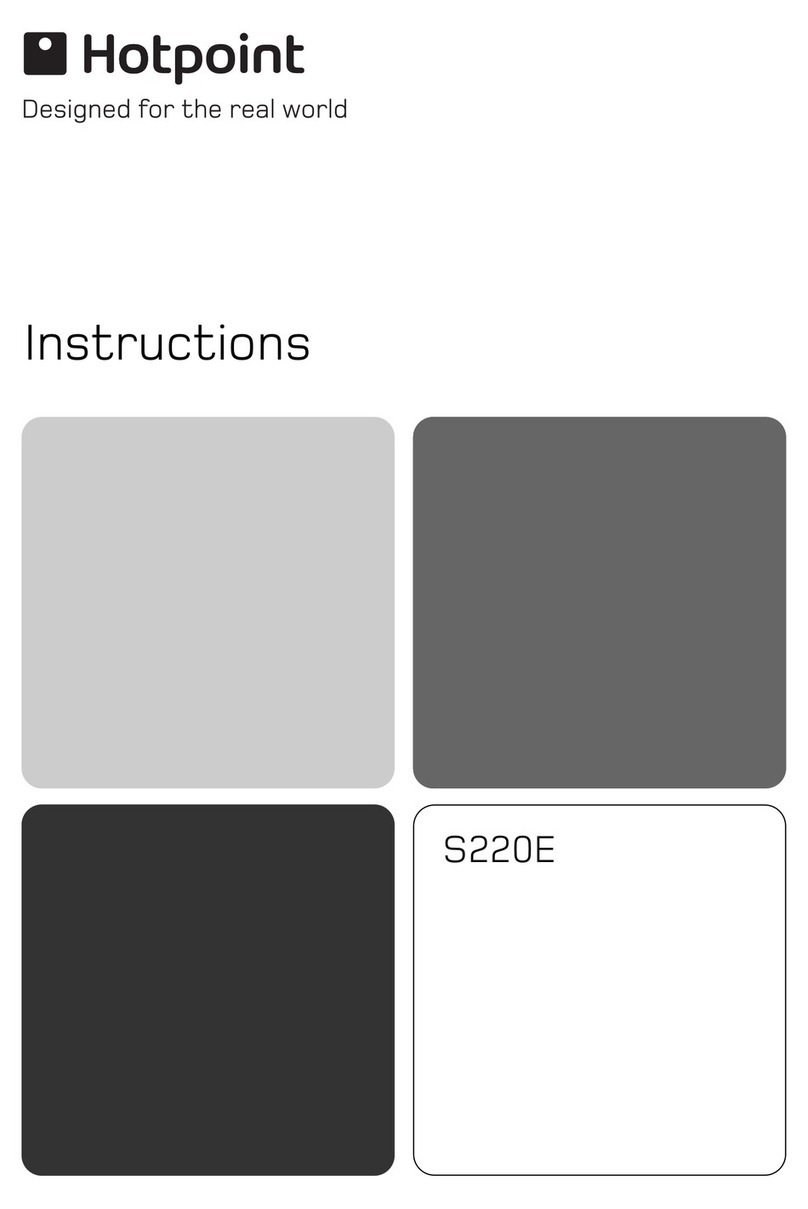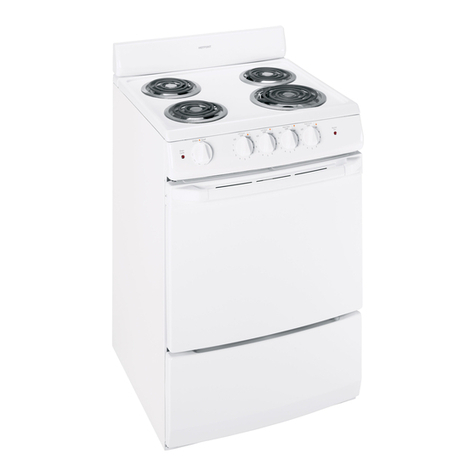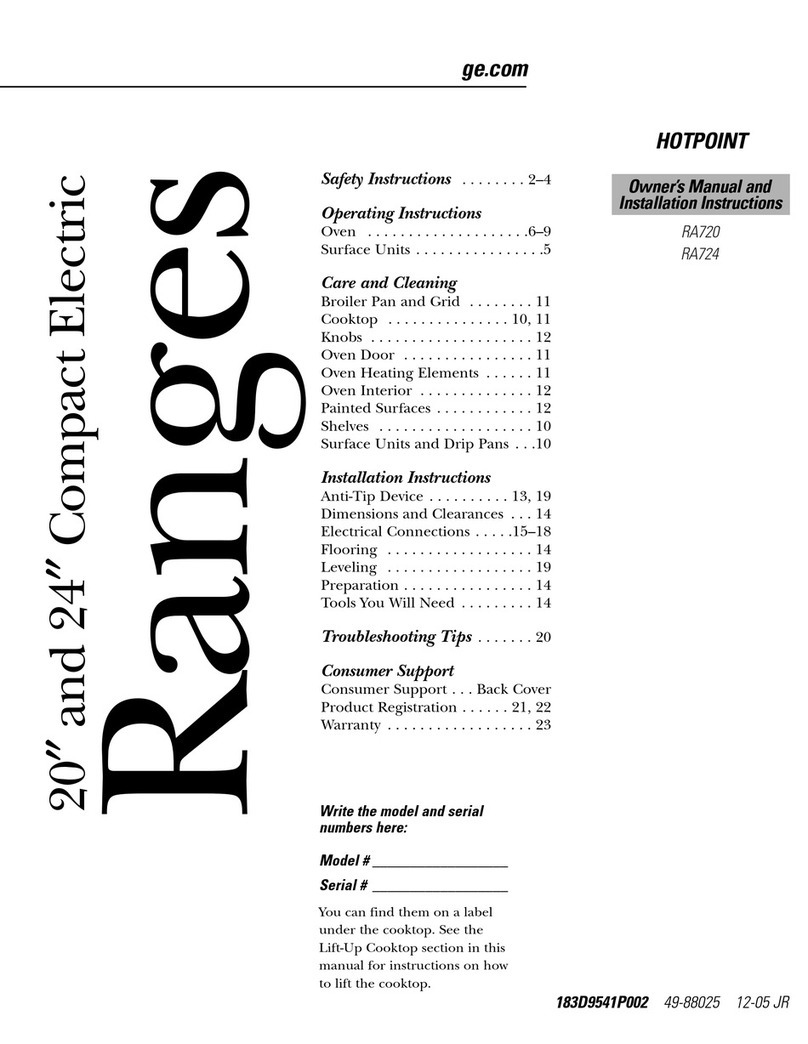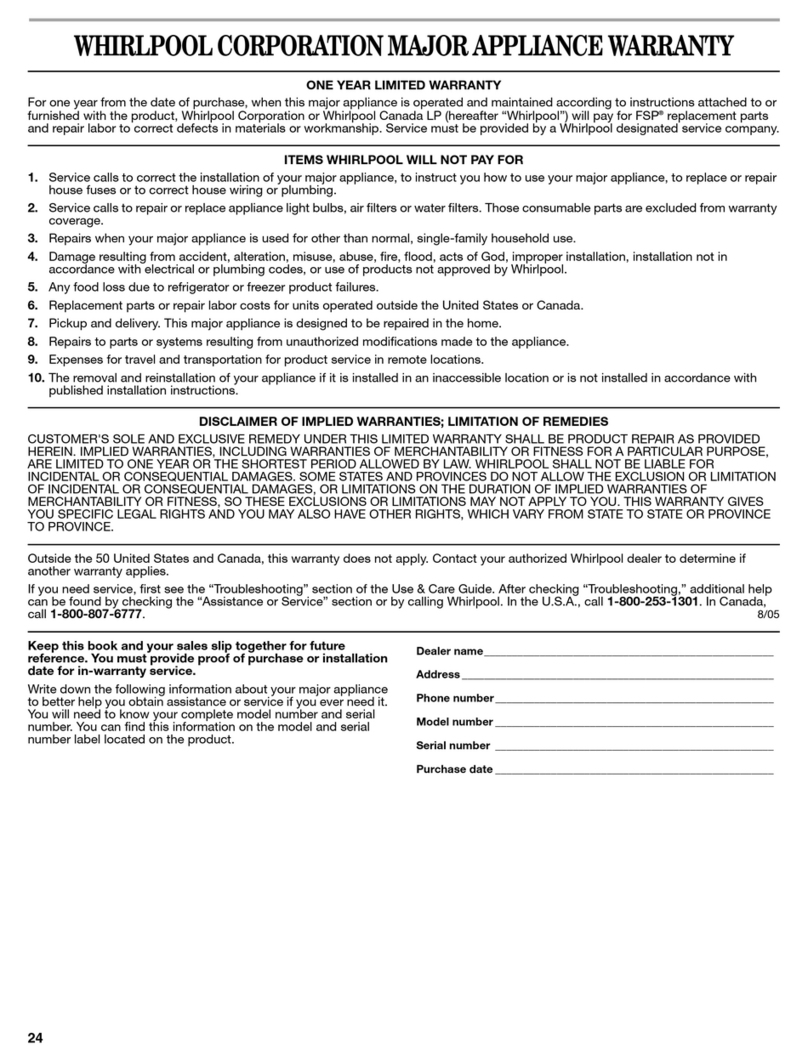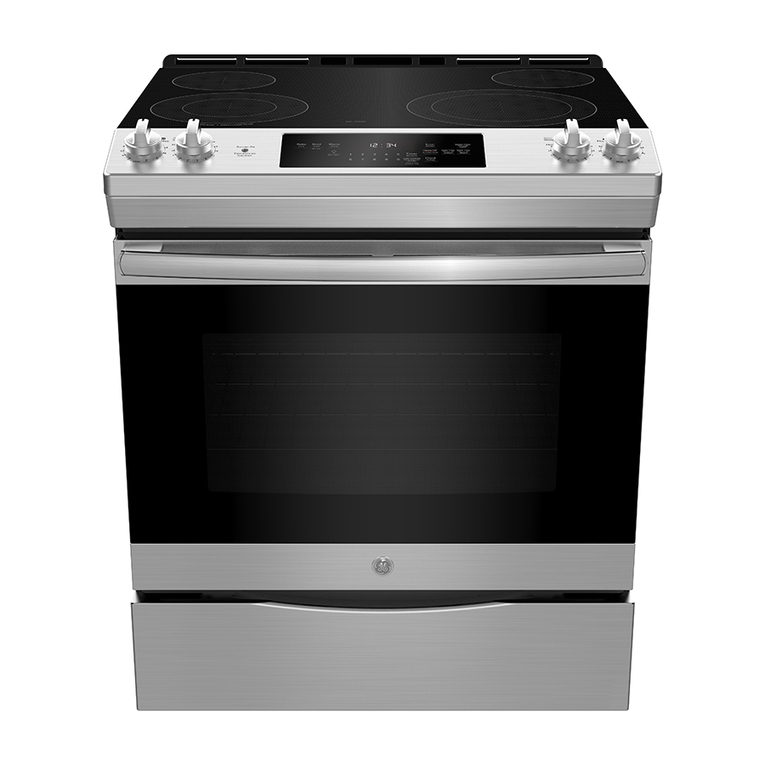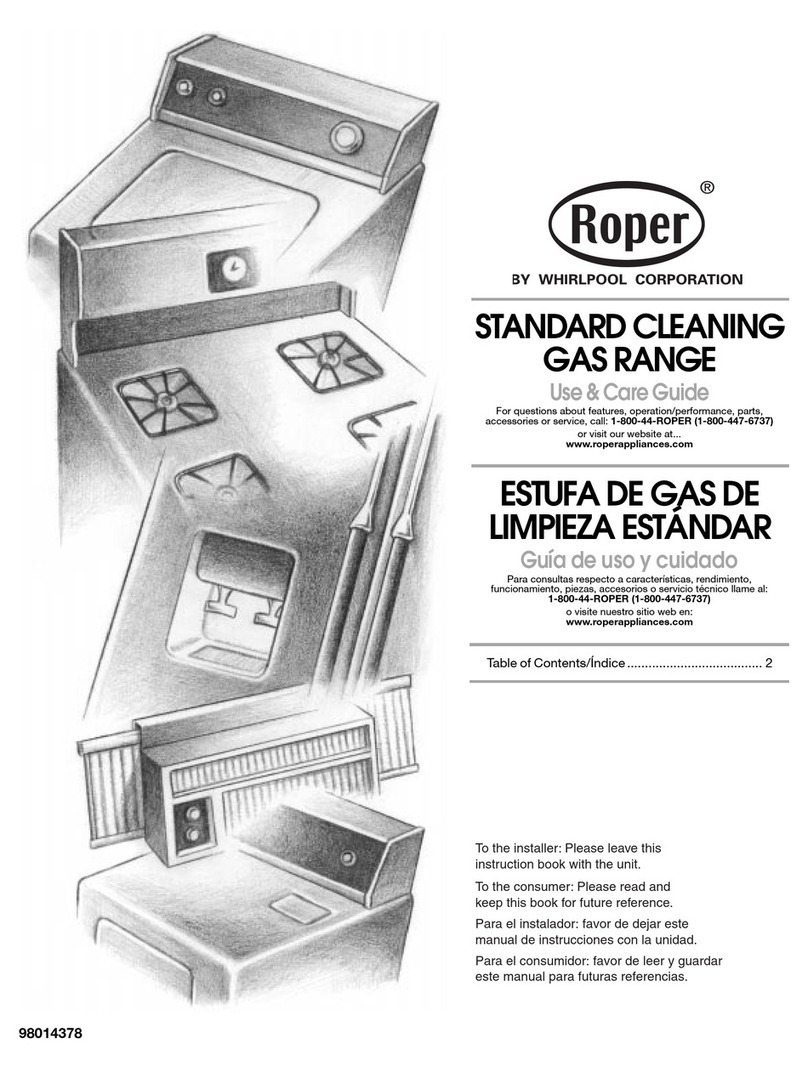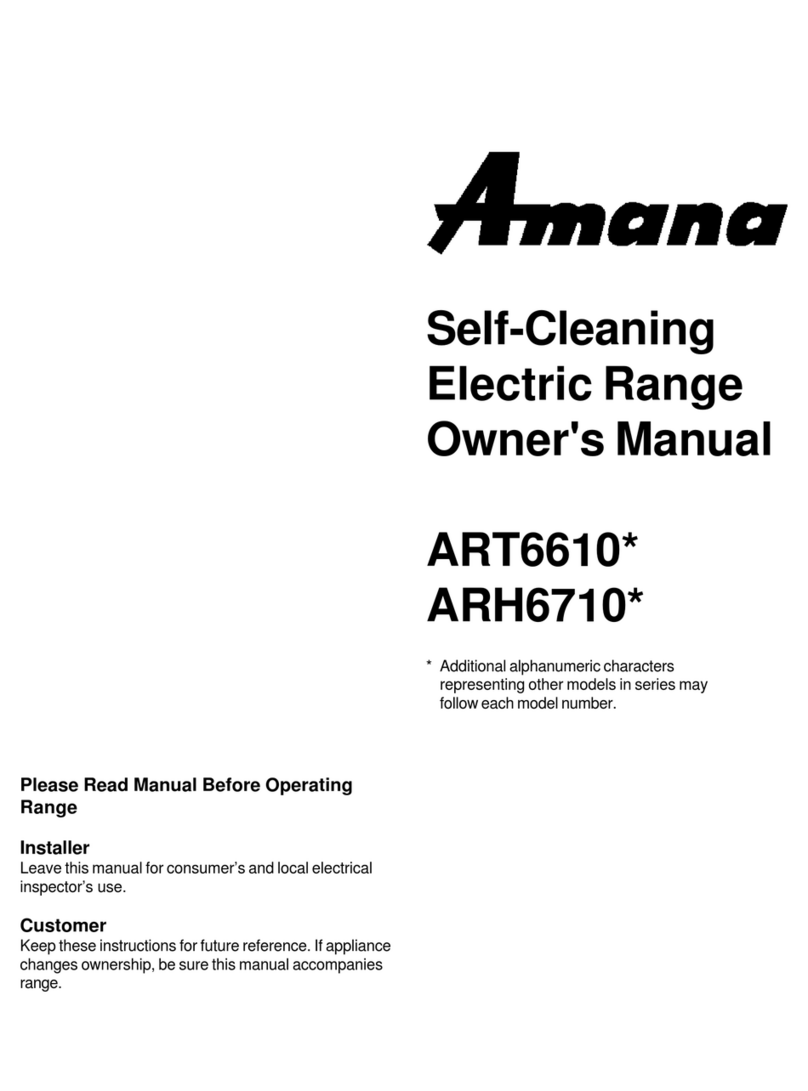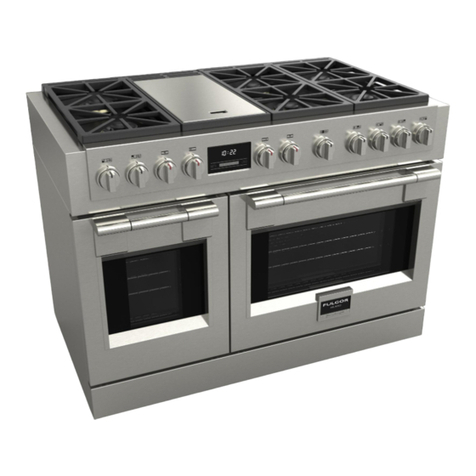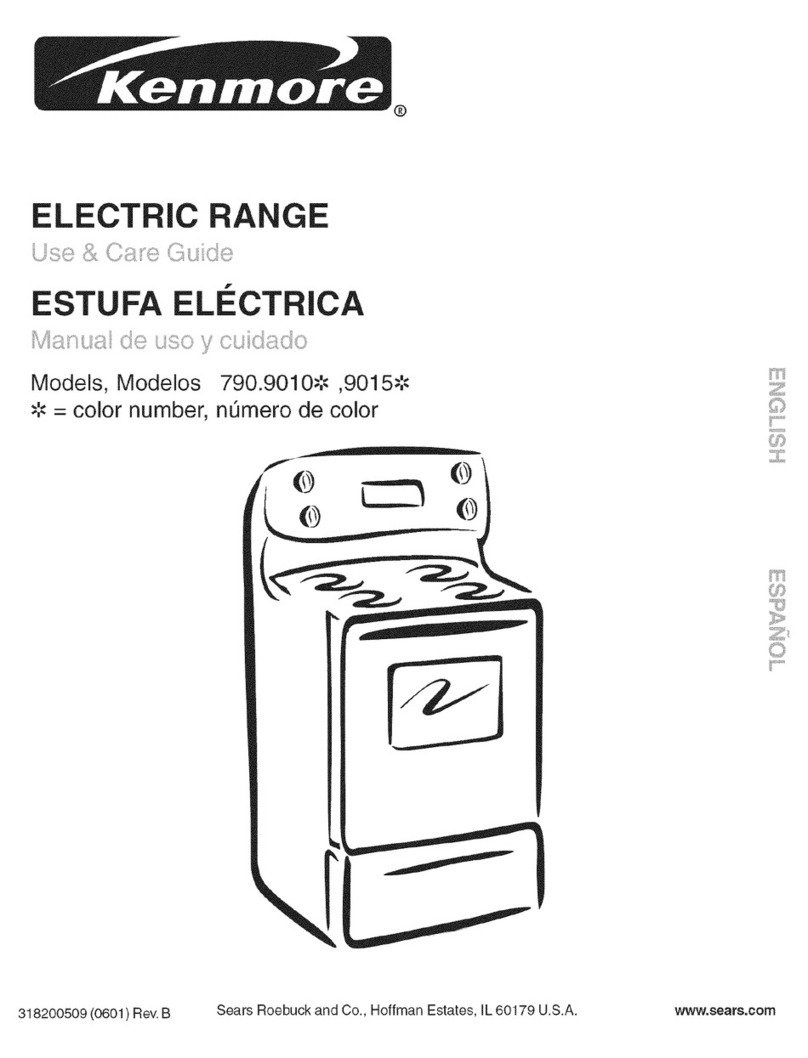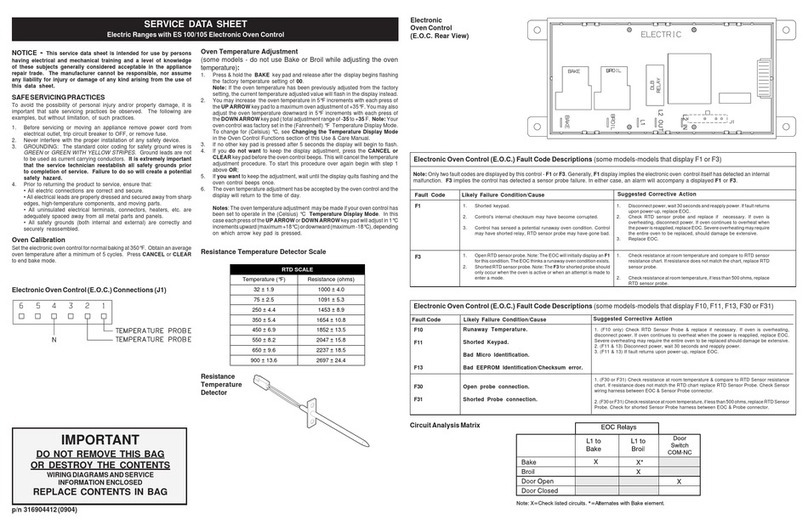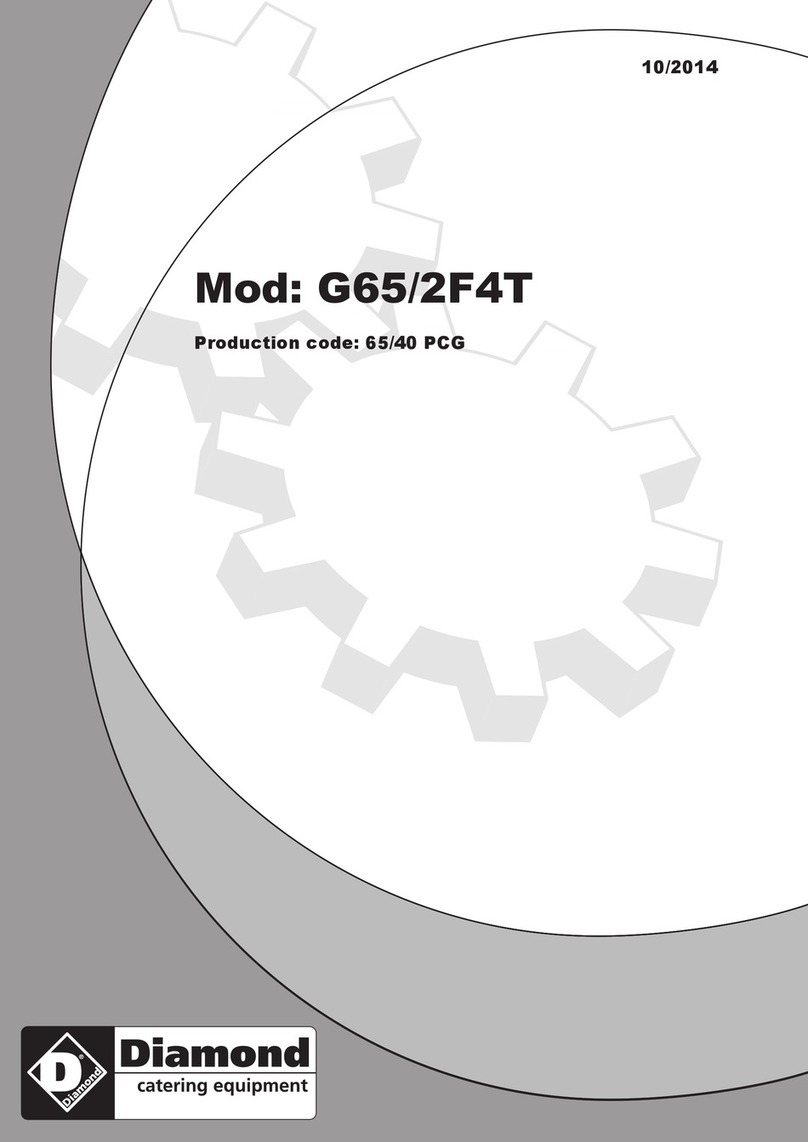——.——.— .... . .. . .... ..——— —.
.! As-’ A. 17es,but onlyuse cookware
1
g:g~
=w- designedforcanningpurposes.
.. Che~kthe manufacturer’s
instructionsand recipes for
preservingfoods.Be surecanner
isflat-bottomedandfi~soverthe
centerofyourCalrod@unit. Since
canninggenerateslarge amountsOf
steam, be carefulto avoidburns
fromsteamor heat. Canningshould
onlybedone on surfaceunits.
Q. Can 1cover my drip pansTVith
foil?
A. No. Clean as recommendedin
C1eaningGuide.
Cannilagshouldbe done on
surfaceUllik only.
Potsthatextendbeyondoneinch of
cookingelement’strim ringare not
recommended formost surface
cooking. However,when canning
with water-bathor pressure canner,
Iarger-diameterpots may be used.
This is because boilingwater
[cmperatures(evenunder pressure)
arc ~CJtharnlful to cookt(}]>surfaces
Q. can I21sespecial e[)oking
eqtIi~31neIlt9lil{e an t)rientil W’ok$
011any surface unit?
A= Cookwarewithoutflatsurfaces
isnot recommended,The lifeof
yoursurfaceunitcanbe shortened
and therangetopcanbe damaged
from thehighheatneededforthis
typeofcooking.
Q. Why am Inot getting tl]eheat
Ineedfrom my surfaceunits
eventhoughIhavethe IKmQbS011
the rightsetting?
A. Afierturning surfaceunitoff
and makingsureitis cool, checkto
makesure thatyourplug-inunits
are securelyfastenedintothe
surfaceconnection.
Q.whydoesrnyCooIiWaretilt
W]len
I“placeiton thesurfaceUtit?
A. Becausethesurfaceunitis not
flat. Makesurethatthe “feet” on
yourCalrod@unitsare sitting
tightlyin the rangetop indentation
andthereflectorringis flatonthe
rangesurfdce.
Q. why isthe porcelainfinis~lon
mycooILwaTecomingoffl
A. If yousetyourCalrod@unit
higherthan requiredfor the
cookwarematerialand letthe
cookwaresittoolong,thecookware
finishmaysmoke,crack, pop, or
burn dependingonthe potor pan.
Also, cookingsmallamountsofdry
foodmaydamagethe cookware
finish.
observe FollowingPoints
1. Be sure the canner fits overthe
center of’the surfaceunit. If your
rangeor itslocation does notallow
the canner to be centered on the
sur~dceunit, use smaller-diameter
pots forgood canningresults.
2. Flat-bottomed canners must
be used. Do not usecanners with
flanged or rippled bottoms (often
found in enamelware) because they
don’tmake enough contact with the
surface unit and taketoo longto
boil water.
_-___——— .— ——.—....—-..-——————
3. When canning,use recipes and
procedures fromreputable sources.
Reliablerecipes and procedures are
availablefrom the manufacturer of
yourcanner, manufacturersofglass
jars for canning, such asBall and
Kerr, and the United States
Department ofAgriculture
Extension Service.
4. Remember thatcanning is
aprocess that generateslarge
amountsof steam. Toavoidburns
from steam or heat, be careful
when canning.
N~E: If your range isbeing
operated on lowpower (voltage),
canning may takelonger than
expected, eventhough directions
havebeen carefully followed. The
process time willbe shortened by:
(1)using apressure canner, and
(2) starting with HOT tap water for
